My Life In Fashion: Amy Powney
I started at Mother Of Pearl when I was fresh out of university. Initially, I was a junior – making cups of tea and doing odd bits and bobs. I progressed until I eventually took over the company ten years ago. The owner at the time – who is still a part owner – decided she wanted to step back from running the day-to-day business. I became a shareholder and she handed it over.
When I became creative director, I thought, what am I going to do with this business? Sustainability was the main goal but I also needed to work out our identity. I remember thinking, if our title is Mother of Pearl, then I have to own pearls. That has to be part of what we do. At that time, frills were everywhere and that's how that first pearl shoulder came about. It was about seeing what was going on and what people were drawn to, and doing my version of it.
Winning the BFC x Vogue Fashion Fund award in 2017 was game changing. I used the money to fund our journey into sustainability – and that’s what triggered Becky Hutner to make the documentary. Its release has been the ultimate career high.
The nature of film making versus runway shows is very different. When you put on a fashion show, people are in and out in seven minutes. It’s so fast and wasteful – so much energy, time and money go into such a fleeting moment. But this piece of storytelling will live on.
The response has been incredible so far. I’ve been inundated with messages about how raw and honest it is. Maybe there isn’t enough of that in fashion. I love that people feel an emotional connection to it. I’m not exactly the Jamie Oliver of fashion, but this film has almost created that relationship. It’s given me a voice which I understand can be a powerful one in terms of driving change.
The worst piece of business advice I ever received was: “There's no room in fashion for fat friends.” A university tutor said it and I remember feeling shocked. It’s amazing how far fashion has come since then. I love the fact that people are talking about body positivity in a very different way now.
The best advice I’ve been given – and would now give to anyone – is to stay true to yourself. I spent a long time doing what I thought the industry needed me to do. Since I’ve been doing what I believe is the right thing, I’ve been happier and the business has been more successful.
There are so many people I’m inspired by. One is Claire Bergkamp – the CEO of Textile Exchange – who is changing the industry from the inside out. Equally, I’m in awe of young women like Melaine from Curate Rotate and Josephine from Sojo – both of whom are creating businesses that offer tangible solutions to real problems. I’m really passionate about systemic change.
Every day I throw on a version of the same clothes. It’s kind of like Zuckerberg – he has a hoodie he wears every day because it’s one less thing to think about. I’m not that extreme, but I’ve got my mission for the day – whether that’s being a mother or running the business – and clothes are just functional. Most days it’s a black t-shirt and jeans. I’ll also throw on a Mother Of Pearl jacket, some lipstick, earrings and I’m done. I’m also an advocate of a really good coat. I always wear our Wren coats and Romy jackets.
If I did shop on the high street, I would make sure it was from a brand that was doing things right. I’m not an advocate of many of them because they should be doing a lot more, but I like the fact I can go and buy recycled or organic cotton t-shirts from places like ARKET and COS.
Classic, simple shapes are what I go for. For me, it’s all about comfort but with a twist; I don't like to stand out but I like to feel considered. Anything that feels too uptight doesn’t work. When women don’t look comfortable, they don’t look sexy. Our clothes are intended to make you feel relaxed but have an elevated element to them – whether that’s the pearl shoulder or a really beautiful piece of hardware.
I recently collaborated with Monica Vinader on a jewellery collection. She’s such a strategic powerhouse – clever and driven but also maternal and kind. We were aligned on who we were as people, and when sustainability came into the conversation, I could see that she knew it all. We also realised we had such similar ideas. My favourite piece from the first collection is the Keshi baroque pearl earring – partly inspired by ‘kintsugi’, the Japanese art of highlighting imperfections. I also love the signet ring.
When it comes to making sustainable clothes, there’s so much to consider. You can't make a decision based on whether a dress is organic cotton or recycled polyester. It has to fit properly and women should still want to wear it. For example, we had a fitting yesterday and the questions was whether we put more elastane in the dress. It wouldn’t be great for the planet, but if we didn’t put it in, it would go saggy and have a shorter life span. Quality and longevity matter just as much as the sustainability of the materials, so you have to break down everything you’re doing. Luckily, I’m a problem solver so if something isn’t working, I’ll always try to think of a better solution.
Sustainability should be a philosophy and it should be how you approach everything you do. It’s about looking at what you’re doing, what you’re making and how you’re making it. You need to sit down and look at your lifestyle or business and find the best practices. Stop thinking about it solely as profit and loss.
Fashion Reimagined is in select cinemas now, and is due to land on Sky TV soon.
SHOP THE EDIT
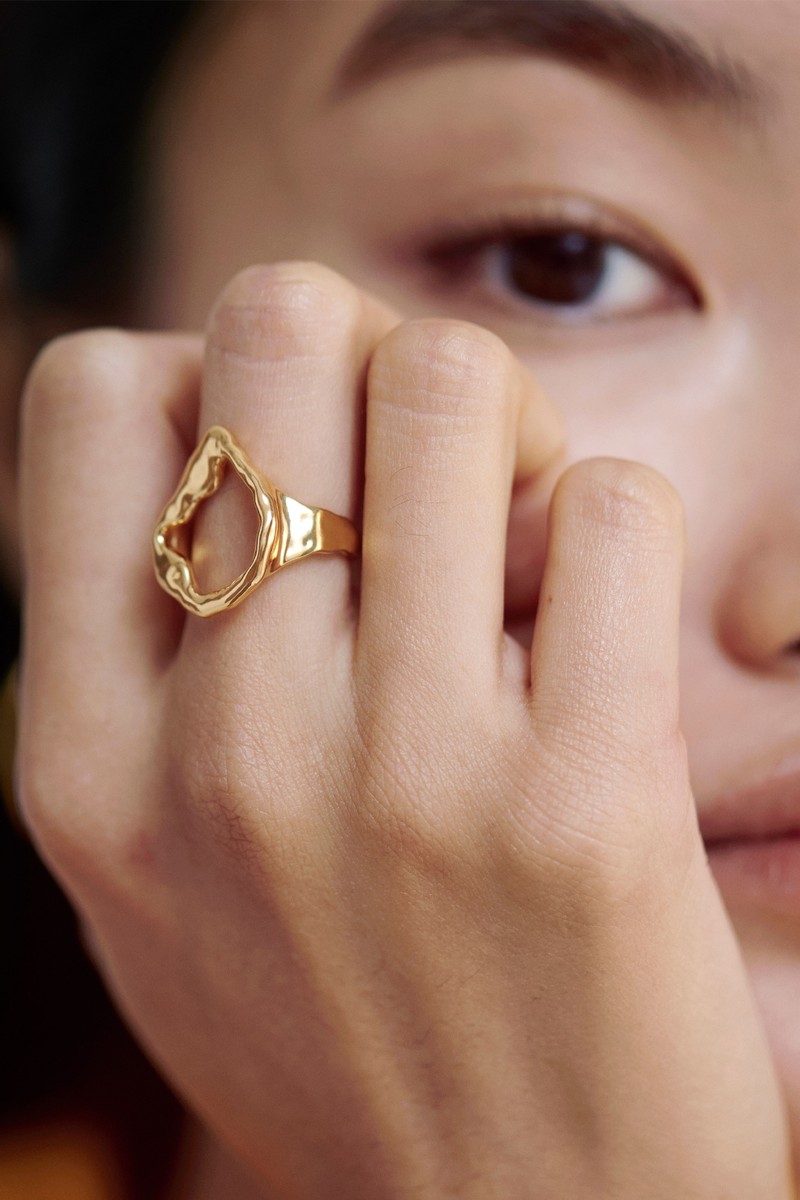
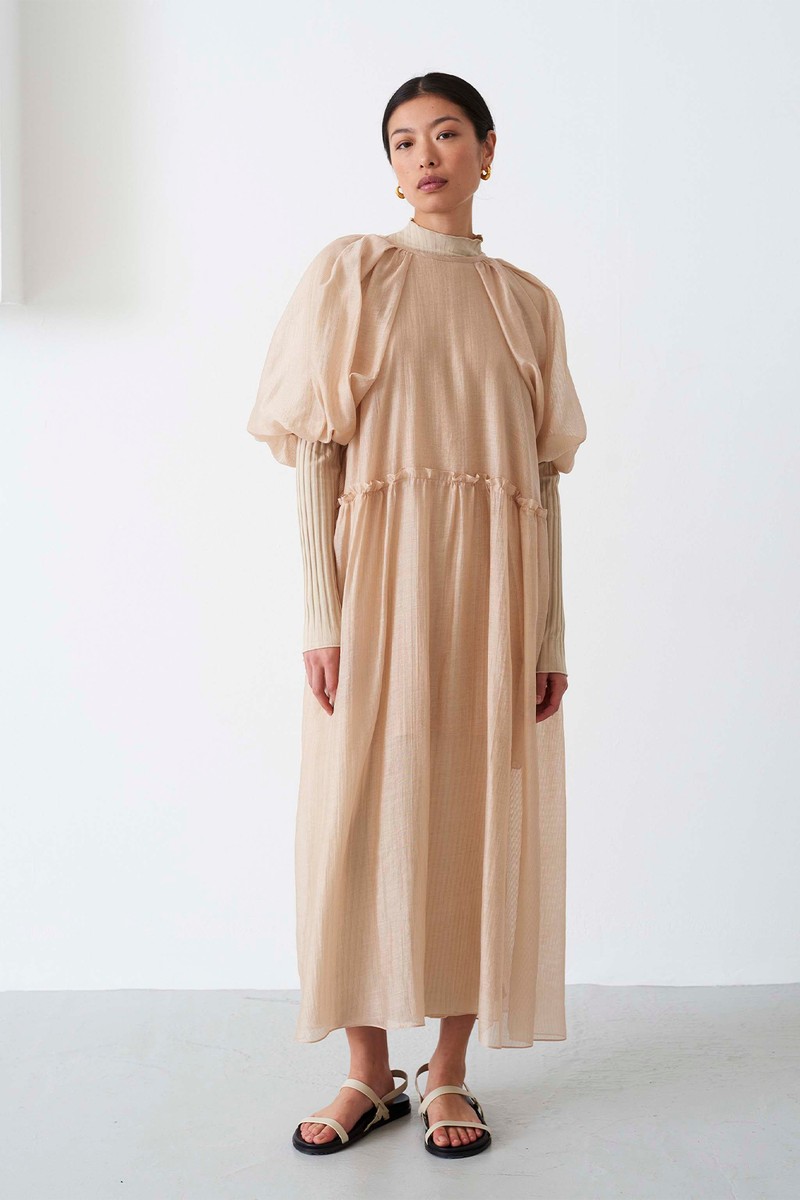
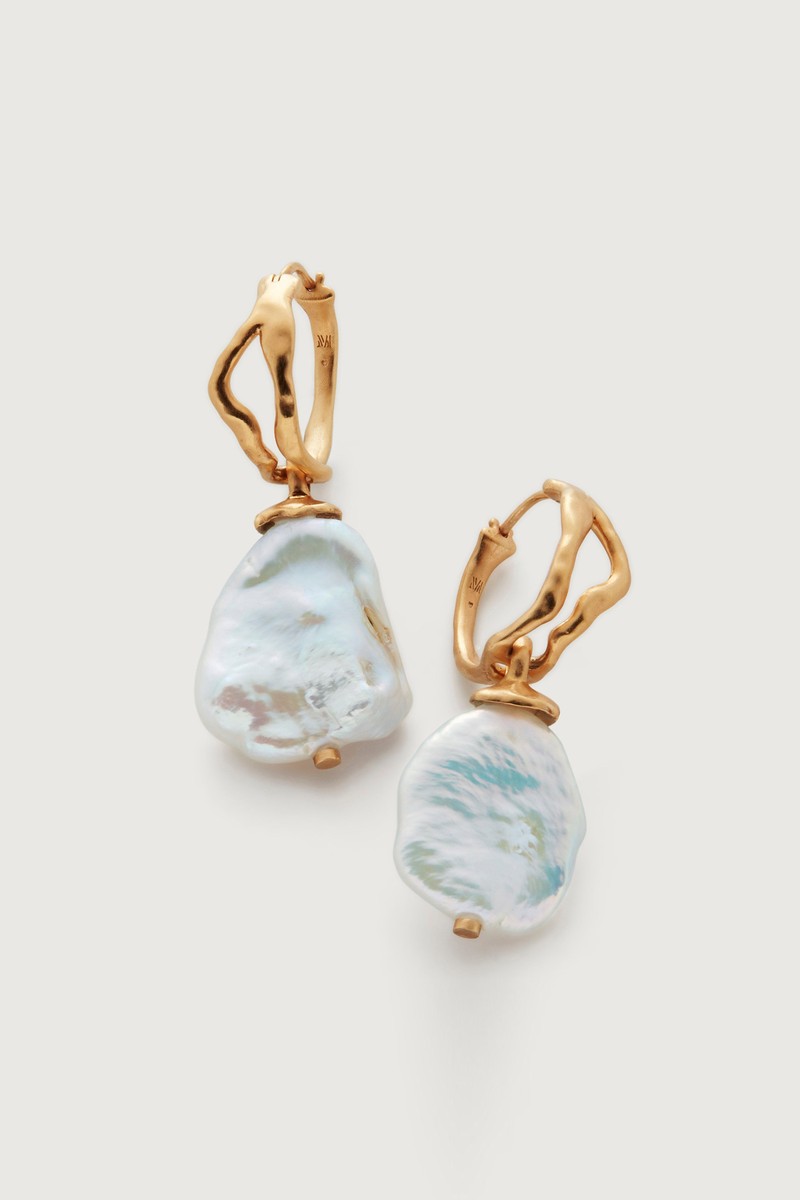

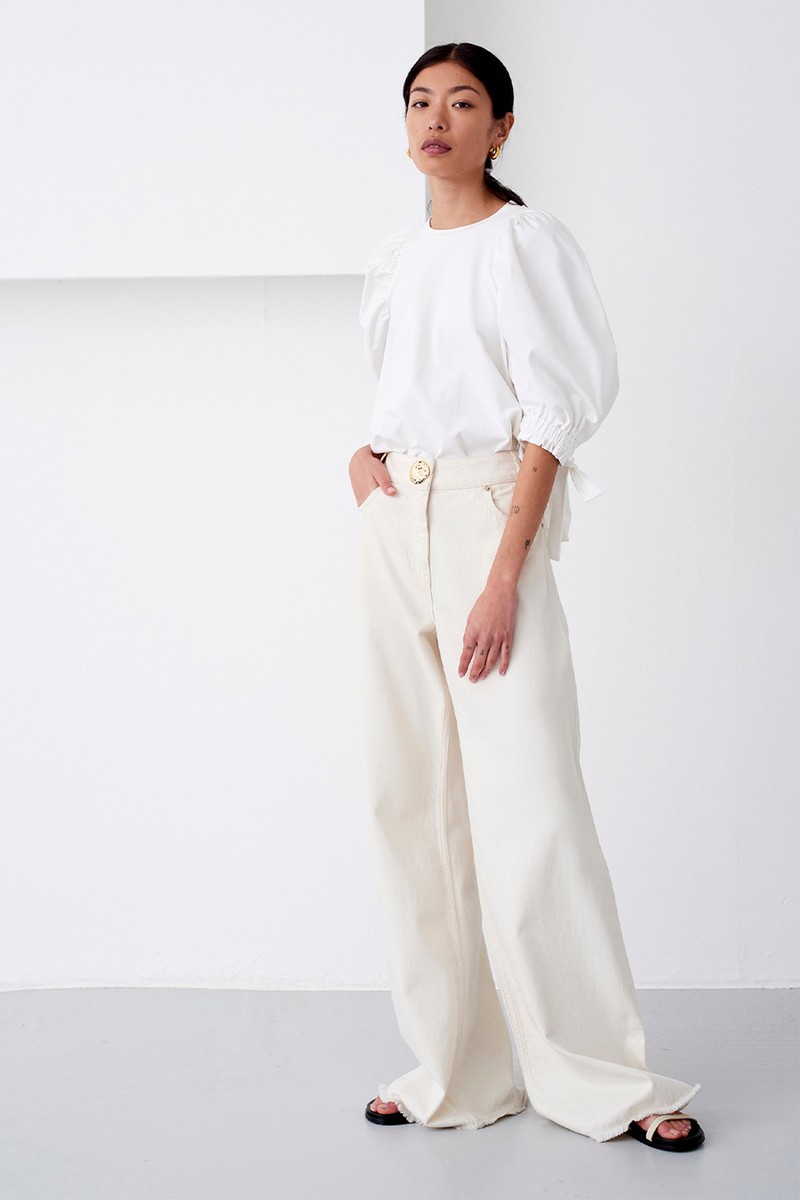
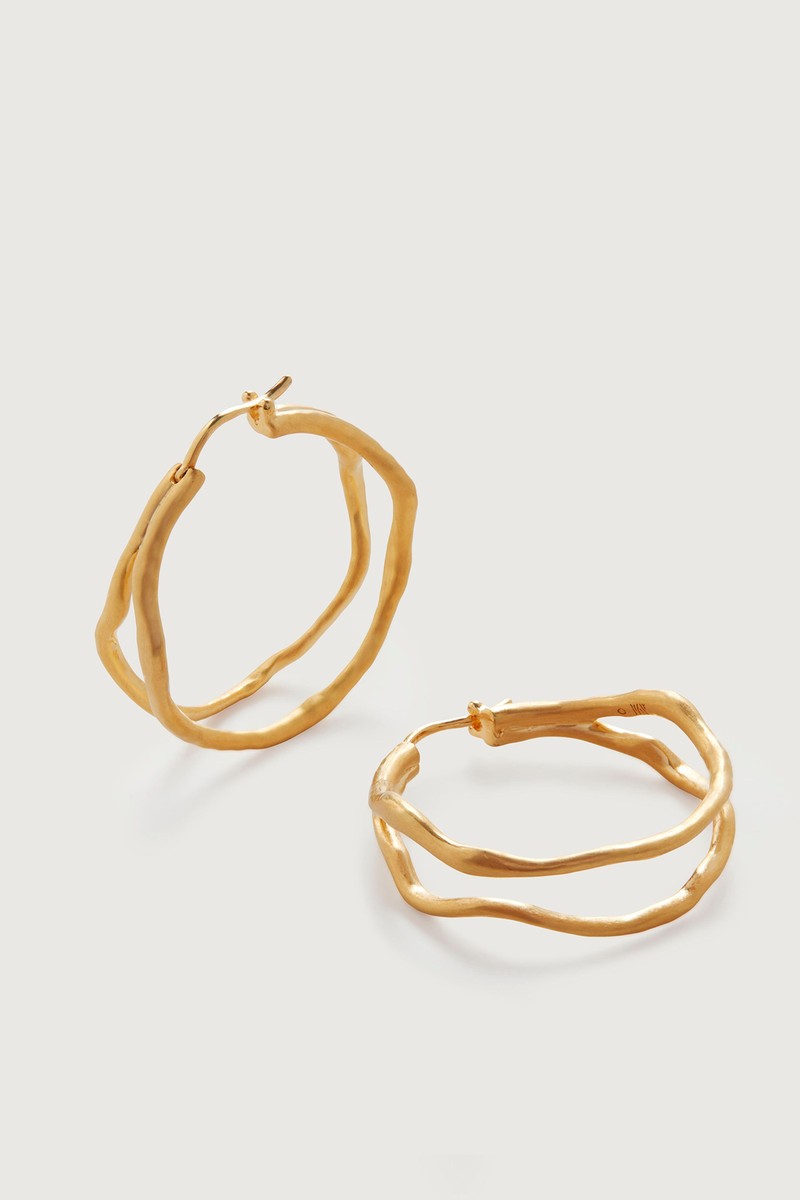

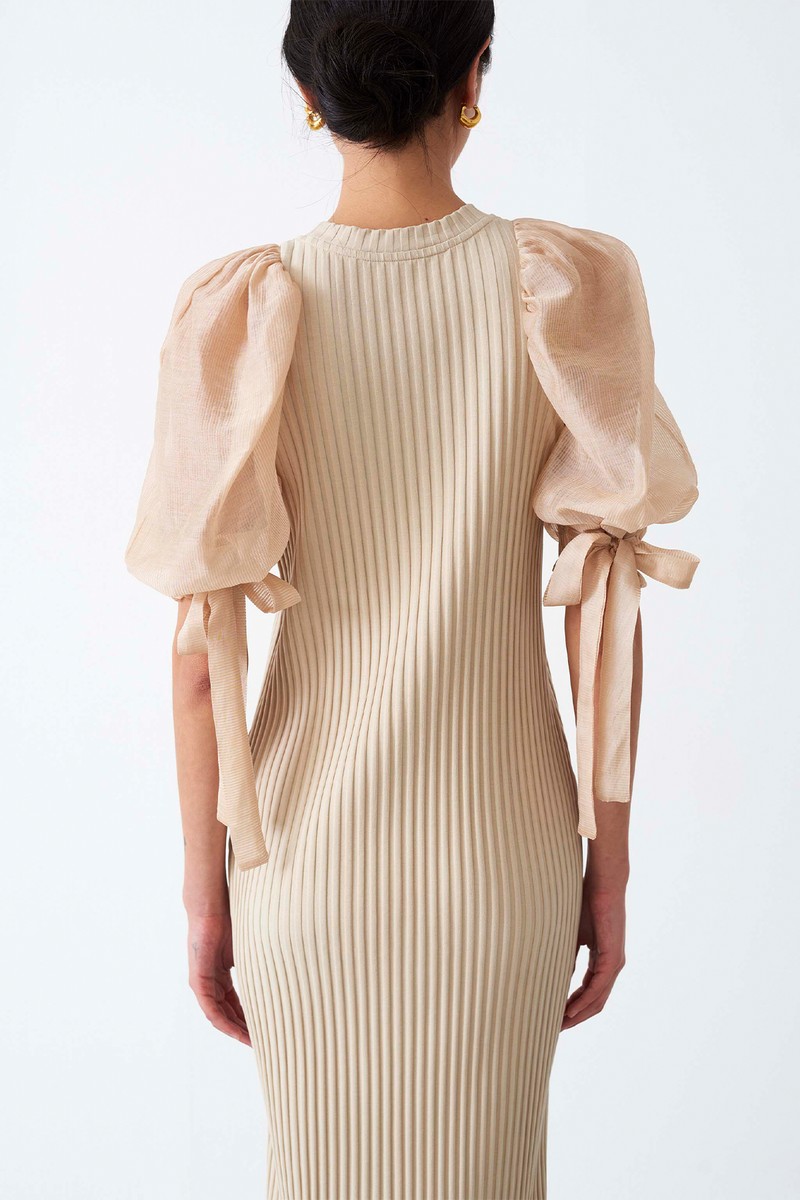
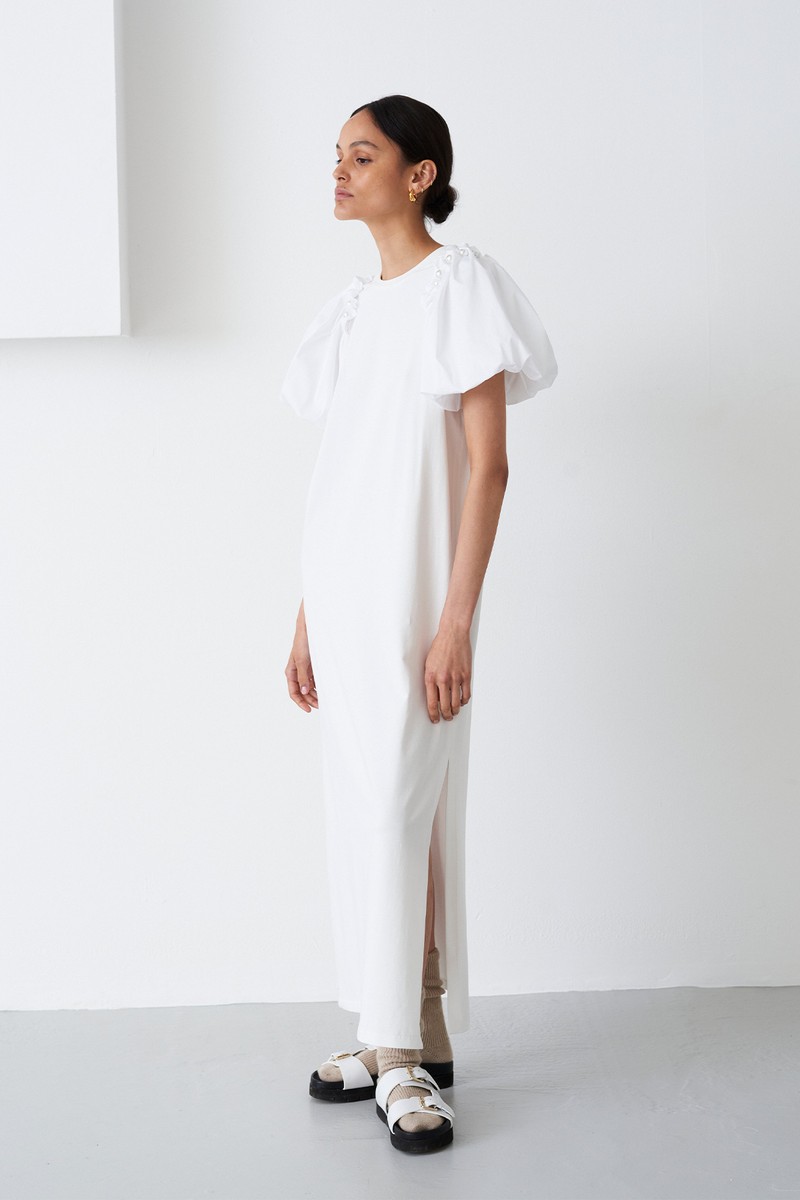
DISCLAIMER: We endeavour to always credit the correct original source of every image we use. If you think a credit may be incorrect, please contact us at info@sheerluxe.com.
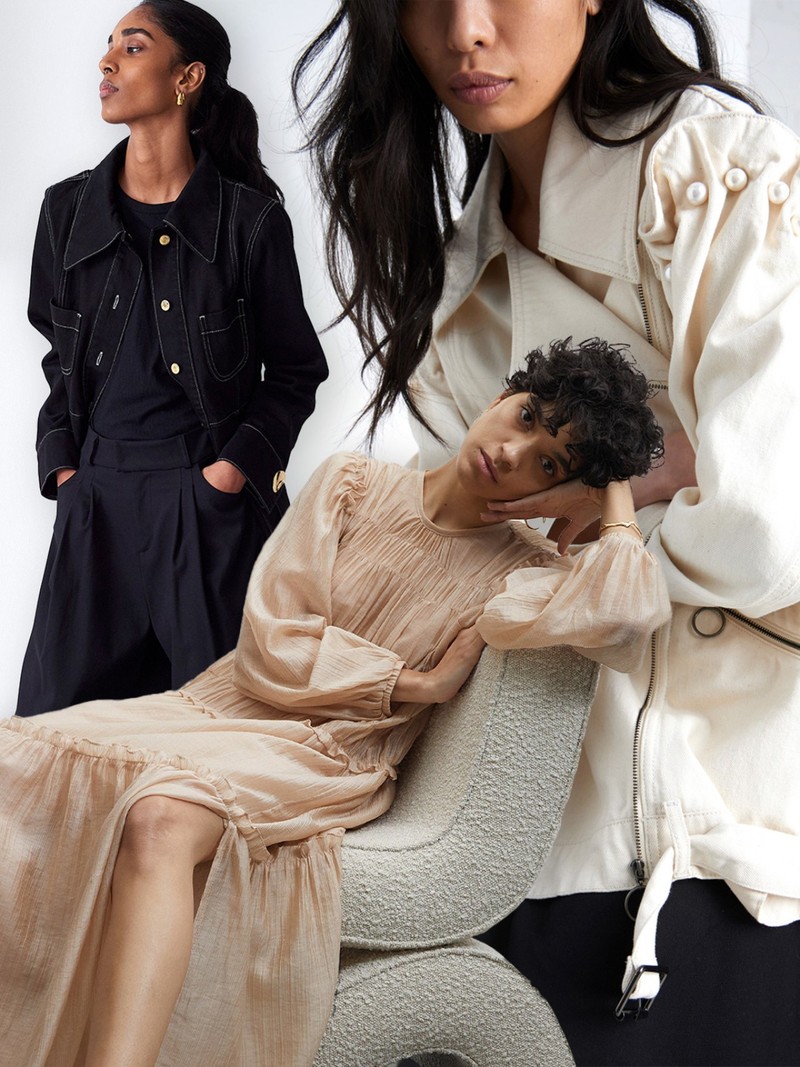
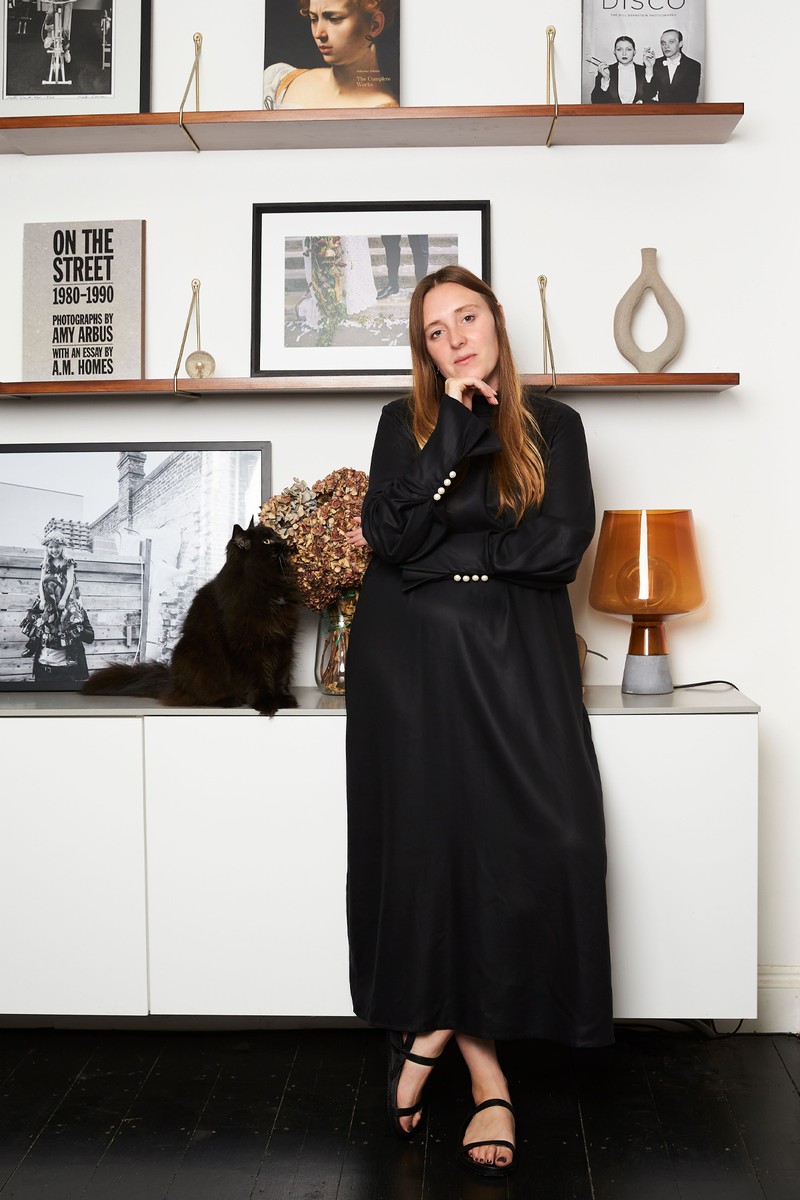

/https%3A%2F%2Fsw18.sheerluxe.com%2Fsites%2Fsheerluxe%2Ffiles%2Farticles%2F2023%2F03%2Famy-powney-landscape-image.png?itok=AC6-yptl)
/https%3A%2F%2Fsw18.sheerluxe.com%2Fsites%2Fsheerluxe%2Ffiles%2Farticles%2F2023%2F03%2Famy-powney-full-bleed-image-1.png?itok=463Zzb6U)


